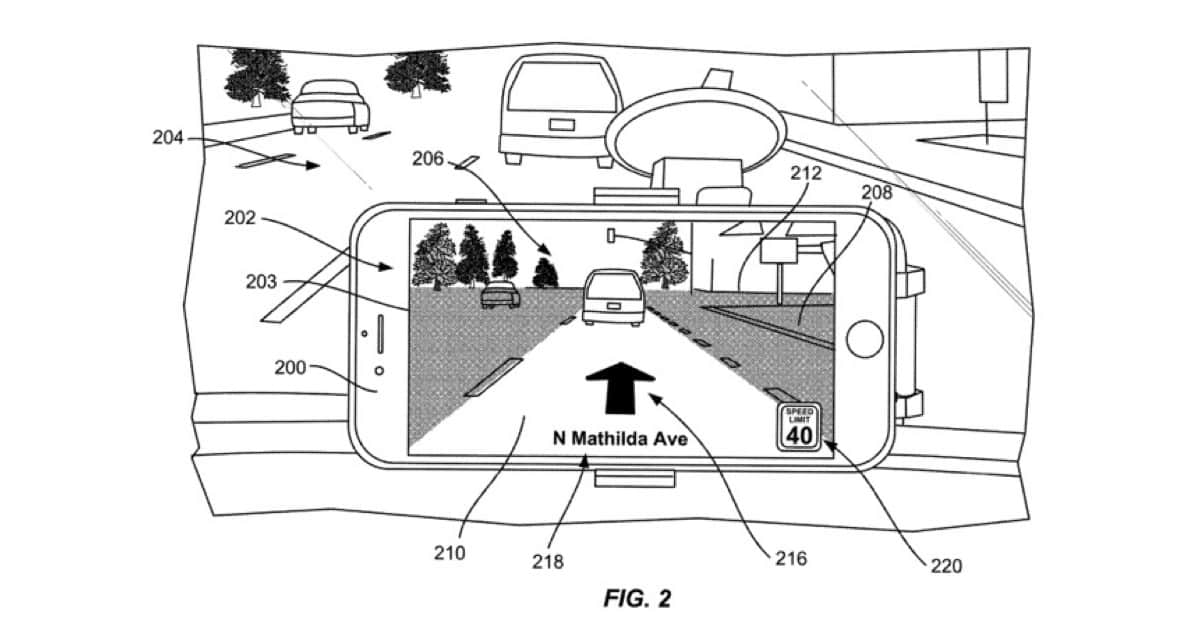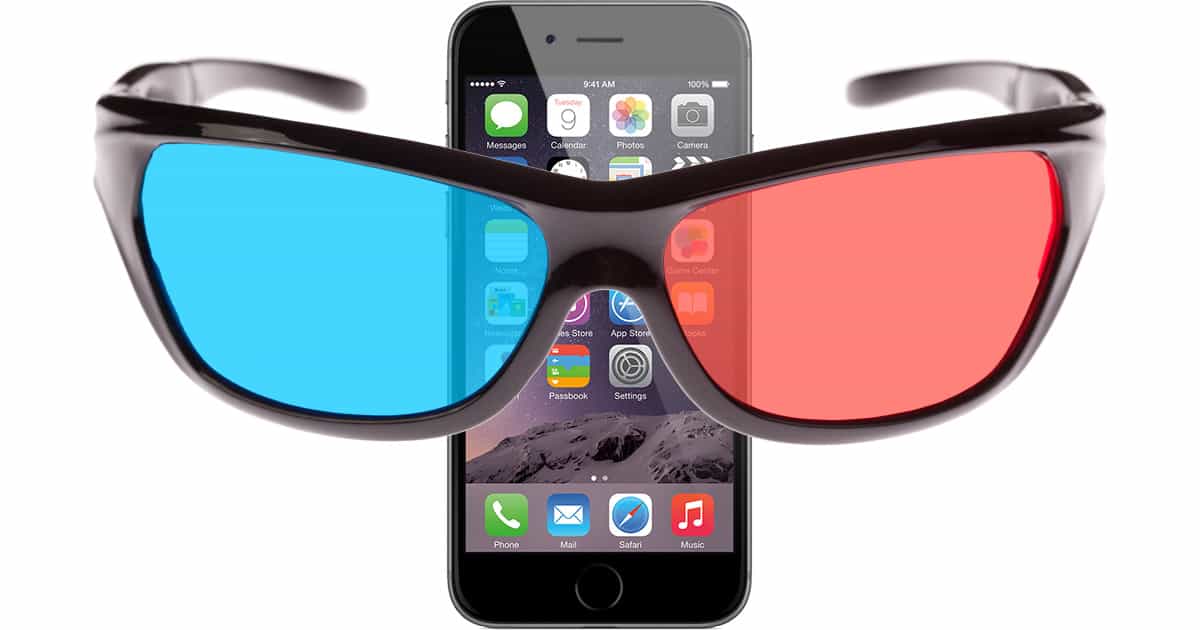Bryan Chaffin and Dave Hamilton join host Kelly Guimont to discuss how Apple and Facebook are headed for a new type of battle.
AR
SenseGlove Nova VR Gloves Shipping Now
SenseGlove Nova, representing the latest technology in VR gloves, useful in training and research, has begun shipping worldwide.
Study Shows VR and AR Are Now Mainstream Tech
The time may be ripe for Apple to go all-in with virtual and augmented reality (VR and AR) products. What was once mostly fantasy is now mainstream, according to the sales data. There’s still plenty of room for growth. International Data Corporation “only” expects just shy of $2 billion in sales from VR and AR for 2021. That might sound like a lot of money. However, it pales in comparison to the $289 billion expected of smart home sales. Still, the increasingly popular VR/AR gaming genre should continue growing, IDC thinks. It may even grow faster than other parts of the new mainstream product categories. The analysts predict almost 68% growth over the next 5 years.
IDC expects AR and VR combined to show the most growth out of the three categories, thanks to both businesses and individual consumers. The latter is particularly interested in “robust gaming solutions,” IDC said. Businesses represent the bulk of AR spending today, but IDC thinks the market for AR headsets targeting the general public will grow. It predicted a 67.9 percent compound annual growth rate from 2020 to 2025 for AR and VR combined, which is more than 10 times the next competitor, smart home tech (10.1 percent growth rate).
Apple's Augmented Reality Headset Could Use Eye Tracking Hardware
Apple’s long-rumored augmented reality headset could contain eye tracking hardware for user input according. This could mean handheld controllers are not necessary, according to AppleInsider, which reported on a note by analyst Ming-Chi Kuo.
Kuo in a note to investors on Friday said the headset will use a specialized transmitter and receiver to detect eye movements, blinks and related physical information. The analyst believes eye tracking will soon be the most important human-machine interface technology for AR and VR wearables. “Currently, users primarily operate the HMD (most of which are VR devices) using handheld controllers,” Kuo writes. “The biggest challenge with this type of operation is that it does not provide a smooth user experience. We believe that if the HMD uses an eye-tracking system, there will be several advantages.”
Apple Leadership Shuffle – TMO Daily Observations 2021-01-26
Bryan Chaffin and Charlotte Henry join host Kelly Guimont to discuss new changes in Apple Leadership and speculate on the new regime.
Apple First VR/AR Foray to be Pricey, Niche Headset
Apple’s first entry into the world of AR and VR headsets is going to be pricey and aimed at a niche audience.
Security Friday, Apple's AR/VR Future – TMO Daily Observations 2020-06-19
Andrew Orr and Bryan Chaffin join host Kelly Guimont to discuss Security Friday news and what Apple’s AR/VR past and future look like.
Reality Converter App, Online Scam Avoidance – TMO Daily Observations 2020-01-14
Bryan Chaffin and Andrew Orr join host Kelly Guimont to discuss Battery Case Replacements, the AR Converter app, and avoiding online scams.
Botnet Takedown, Apple's AR Plans – TMO Daily Observations 2019-09-03
Bryan Chaffin and Andrew Orr join host Kelly Guimont to discuss the latest botnet takedown and the new wave of Apple “headset” speculation.
Apple Launches AR Art Walking Tours
Apple launched a collection of augmented reality art walking tours in six major cities in partnership with the New Museum in New York.
The iPhone on a Car Dash is Not The Right Way to Navigate
Navigating in a car with AR and maps on an iPhone, even on the upper dashboard, is not the right way to go. John has a much better idea.
Apple to Announce Shared AR Experience Feature at WWDC 2018
A new rumor is out just ahead of next weeks Worldwide Developer Conference keynote presentation: ARKit is going to add the ability to let two people see the same virtual scene at the same time.
Apple Hires Michael Abbot, former Twitter VP of Engineering
Apple has reportedly hired Michael Abbott, former vice president of engineering for Twitter and venture capitalist.
CES 2018 Apple's Shrinking Presence, Cool Product Finds - TMO Daily Observations 2018-01-12
John F. Braun and Dave Hamilton join Jeff Gamet for their last day at CES 2018 in Las Vegas to talk about Apple’s diminishing presence at the event, plus they share some more cool products they found.
The Apple Slowing Down iPhones Conspiracy, Pokémon GO and ARKit - TMO Daily Observations 2017-12-21
Bryan Chaffin and Dave Hamilton join Jeff Gamet to shed some light on Apple’s supposed iPhone throttling, plus they talk about how ARKit is helping apps like Pokémon GO.
Pokémon GO Just Got More Realistic Thanks to ARKit
Your hunt for Pokémon just got more realistic thanks to ARKit support in Pokémon GO for the iPhone and iPad.
LEGO Takes Brick Building Virtual with LEGO AR-Studio for iPhone and iPad
LEGO is taking another crack at blending real and virtual building on the iPhone and iPad with its new LEGO AR-Studio.
New Face ID Mask Hack, Apple's Gesture Patent - TMO Daily Observations 2017-11-28
Bryan Chaffin and Andrew Orr join Jeff Gamet to share their thoughts on the latest Face ID mask hack, plus they take a look at Apple’s gesture-based interface patent that could come to the Mac.
iPhone 3D Cameras, Amazon's Lord of the Rings TV Series - TMO Daily Observations 2017-11-14
Bryan Chaffin and The Maccast’s Adam Christianson join Jeff Gamet to share their thoughts on Apple bringing 3D depth sensing to future iPhone cameras, plus they look at Amazon’s plans for a Lord of the Rings-based TV series.
Rear Facing Camera May be Coming in 2019 iPhone
Apple’s 2019 iPhone models may include a rear facing 3D-sensing camera. Instead of facial scanning, however, the rear facing 3D sensing will be used for depth of field in photos and augmented reality.
Apple's AR Goggles, Listener Face ID Comments - TMO Daily Observations 2017-11-09
John Martellaro and Andrew Orr join Jeff Gamet to talk about Apple’s reported augmented reality goggles, plus a listener writes in about Face ID and Apple Pay.
Apple Could Ship an Augmented Reality Headset in 2020
We have ARKit on our iPhones and iPads now, and Apple may extend to an augmented reality headset within a couple years.
Apple's TV Show Strategy, AR Wireless Patents - TMO Daily Observations 2017-08-28
John Martellaro and Dave Hamilton join Jeff Gamet to look at Apple’s place in the original TV show market, plus they talk about patents that may reveal the company’s augmented reality glasses plans.
Watch All of the ARKit Demos We Can Find in one Place
ARKit, Apple’s answer to augmented reality (AR) on iOS, has become tremendously popular already. Folks have posted quite a few ARKit demos on YouTube since Apple’s announcement of of the software development kit at WWDC 2017. We’ve covered many of these demonstrations in previous articles. This morning, though, I needed a YouTube playlist of them for an article at AppAdvice about IDC’s report that Augmented and Virtual Reality are going to see some serious increase in revenues. Not finding one, I decided to create my own. Since I love all of you, I decided to share that YouTube playlist with you. Without further ado, here it is. We will add to it as more ARKit demonstrations come on our radar.











